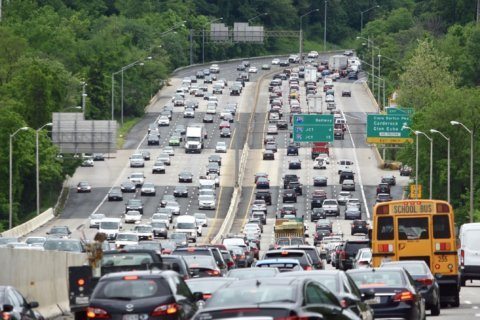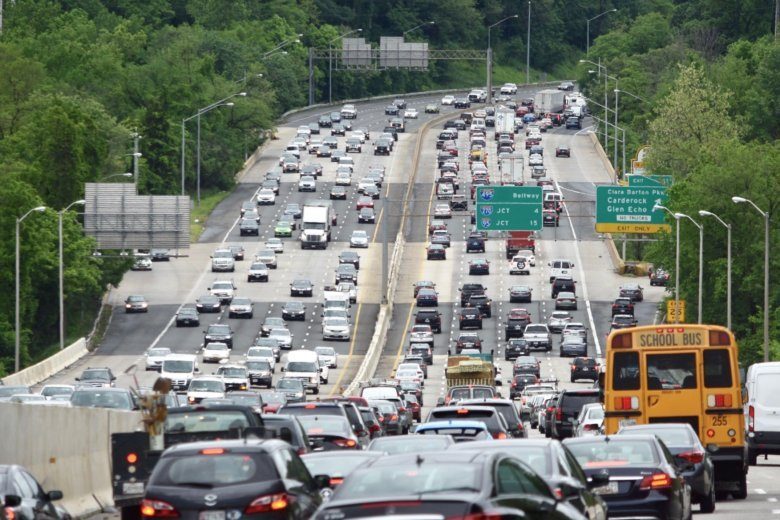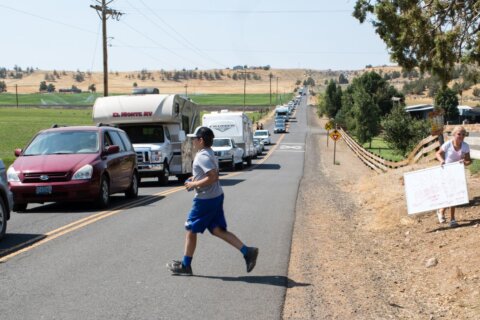

The number of people expected to move to the D.C. area in the next 25 years is equal to the entire population of Philadelphia, and plans are in the works to prevent the anticipated addition of 1.5 million residents from worsening the region’s gridlock.
“I think this region is getting its transportation mojo,” said Chuck Bean, executive director of the Metropolitan Washington Council of Governments.
Citing examples of success, Bean noted that Maryland and Virginia have an agreement for a new American Legion Bridge, localities now help fund WMATA/Metro, and plans are progressing to address the bottleneck at the only railroad bridge connecting D.C. and Virginia.
Replacing Long Bridge could add additional capacity for Virginia Railway Express and there’s talk of adding bike and pedestrian paths if it gets rebuilt.
Another strategy for alleviating traffic involves land use and setting goals to build housing and commercial construction within about a half mile of transit options.
“A half mile is a 10 minute walk to MARC, VRE, Metro and, in the future, to Bus Rapid Transit,” Bean said.
The concept of building housing closer to jobs is replacing the dominant philosophy of the past, to “drive until you qualify” which had people living far out in the suburbs to be able to afford a mortgage.
At the beginning of the decade, leaders in the region set goals for at least 50% of new housing and jobs to be near “transit nodes.”
“When you measure now, we’re actually at 68%, so that’s great news,” Bean said, while adding that current goals extending to 2045 are for 75% of new housing to go in around active transit nodes.
“If we do that, we’re going to get more opportunities like Amazon,” he said.
Access to an interconnected network of mass transit, commuter rail, bike lanes and walking trails factored into Amazon’s decision to build its HQ2 headquarters in the Crystal City/Pentagon City/Potomac Yard area, now called National Landing.
“They have Metro, they have VRE, they’ll get better bus, they’ll get better pedestrian access,” Bean said.
Bean notes similar planning is in place at Tysons in Virginia, New Carrollton in Maryland and around the NoMa/Gallaudet Metro station in D.C.
In Prince William County, Virginia, the board of supervisors recently approved a mixed use plan for the North Woodbridge area that could accommodate 29,000 new residents near the Occoquan Marina.
“So, you could live, work and play in the community. Or, take the planned ferry up to [Joint Base Anacostia-Bolling] – Homeland Security, or maybe the Amazon headquarters which is maybe five or six minutes across the river at National Landing and National Airport,” Woodbridge District Supervisor Frank Principi said.
Principi believes that creating more jobs in the county will depend on the ability to move people around.
“So, we are being very innovative in trying to solve some of that traffic congestion problem we see every day headed northbound in the morning,” Principi said. “We want to make sure we provide other transit options as we continue to grow in this region.”









